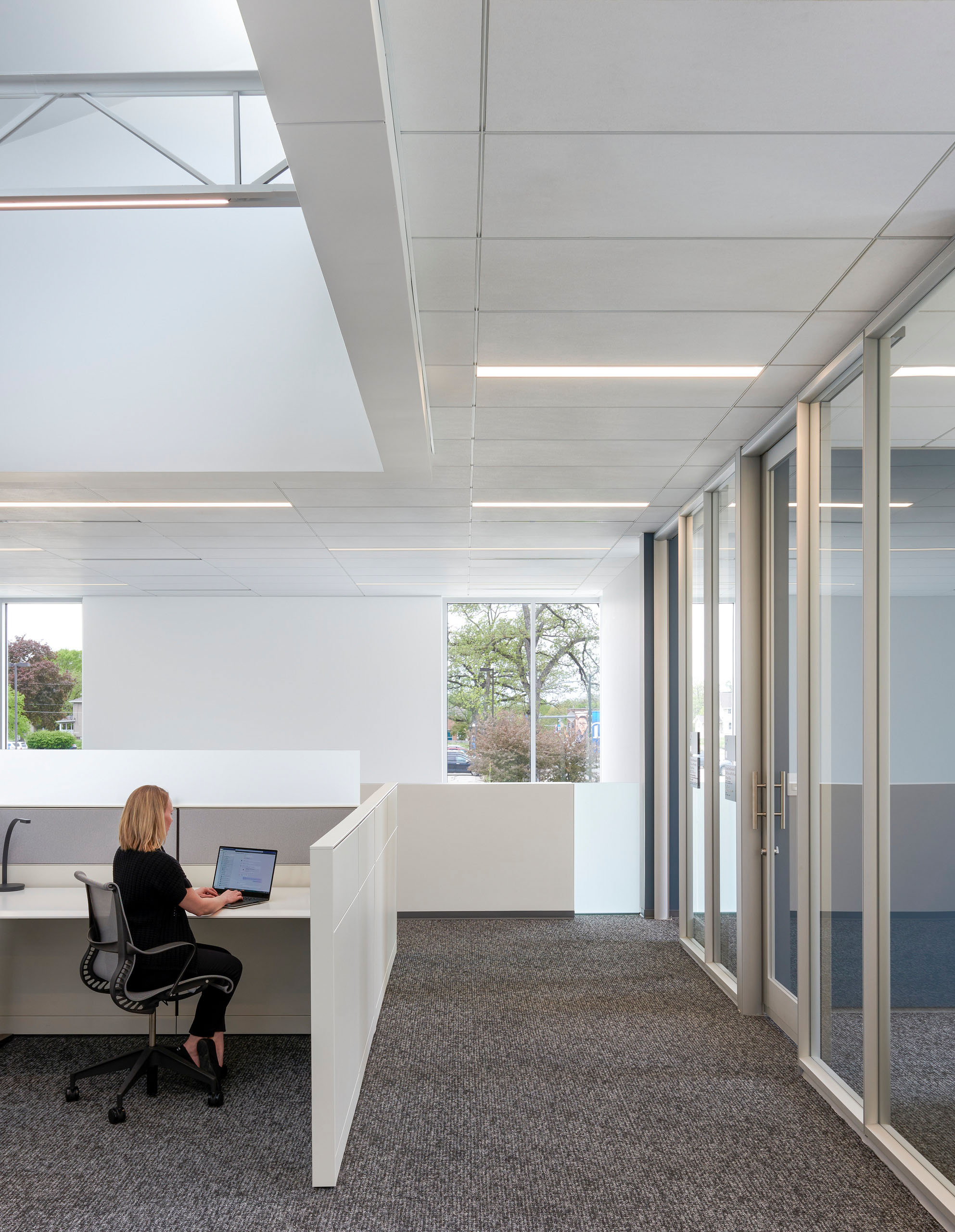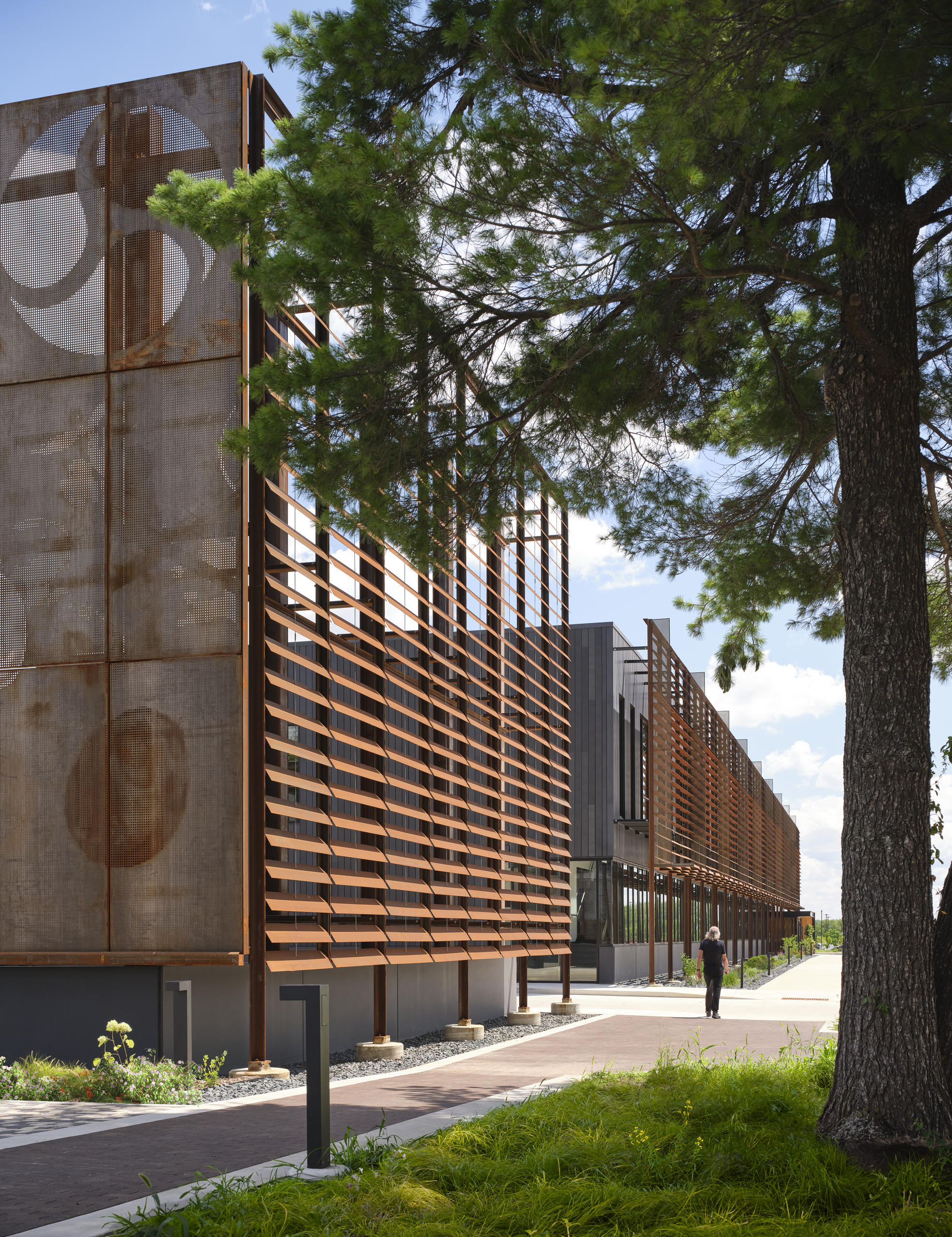
Is our work beautiful? Does it lift the human spirit?
Beauty, we believe, embodies three pillars: sensory experience, mental interest, and connection to the environment. Sensory harmony allows us to perceive spaces fully. Cultural interaction sparks mental engagement through contrasts. Consistent ties to nature invigorate. Our projects inspire new ways of thinking, challenging us to look at our world in a new light.
MSU Ozarks Education Center offers a hub for ecological education and research space.
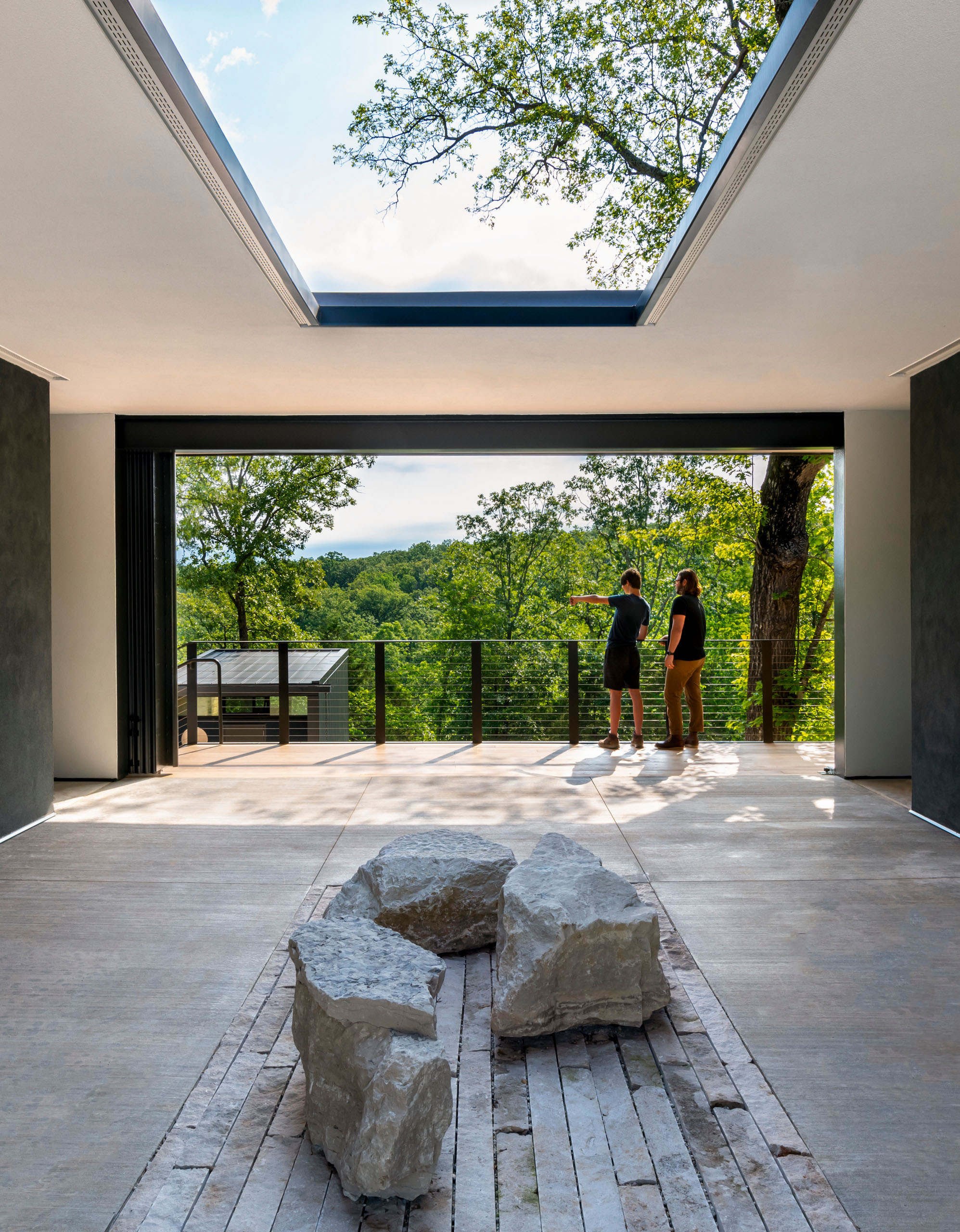
Does it maximize value and minimize waste?
At BNIM, stewardship is about directing resources purposefully for maximum impact, balancing client needs with sustainability. We prioritize aligning design decisions with practicality, aiming for sustainable outcomes. By maximizing value and minimizing waste, we aim for new levels of impactful projects, guided by evidence-based design and a commitment to responsible resource management in a world of finite resources.
The Metropolitan Community College Blue River facility serving over 800 students enhances the local workforce.
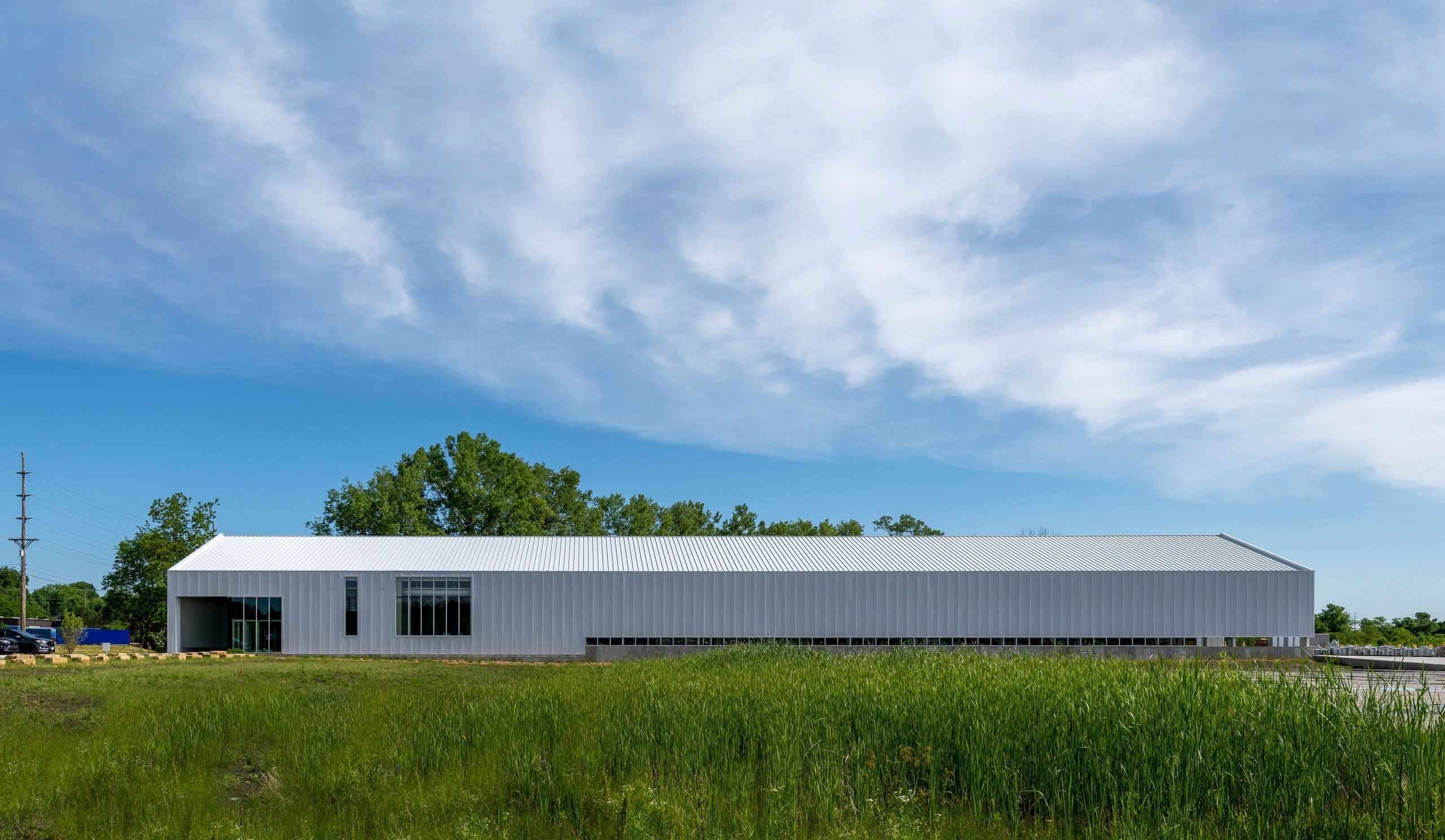
Does our work enhance health, safety, and welfare?
Our professional licensure aims to safeguard public health, safety, and welfare. We are dedicated to this mission by expanding it – promoting physical and mental well-being, accident prevention, and equitable environments. Employing emerging technologies and data-driven approaches, we create resilient spaces adaptable to diverse challenges, including climate change, ensuring security.
Serving more than 170 hospitals across the Midwest region, LifeServe Blood Center Headquarters, aims to support the organization’s vital work to save lives.
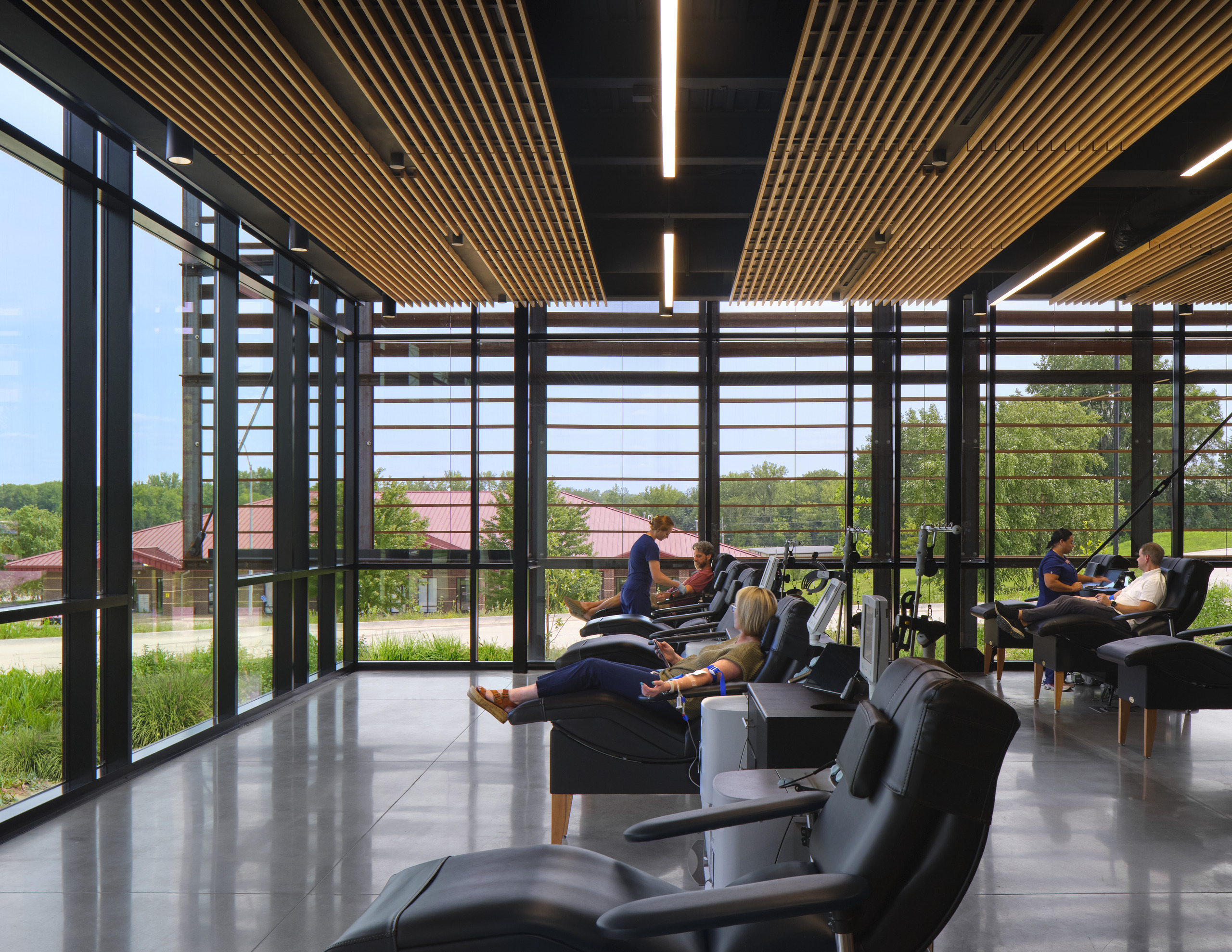
Does it help our communities thrive?
We seek to develop a fundamental understanding of the communities we serve. Our work begins at the scale of immediate site and context, while simultaneously extending to reach all corners of a community and to work toward addressing large-scale challenges through engagement. We ask ourselves: what are the opportunities and challenges? Can we contribute solutions to a larger problem beyond our project?
Asilong Christian High School in West Pokot, Kenya with no municipal infrastructure is for children without access to secondary education otherwise.
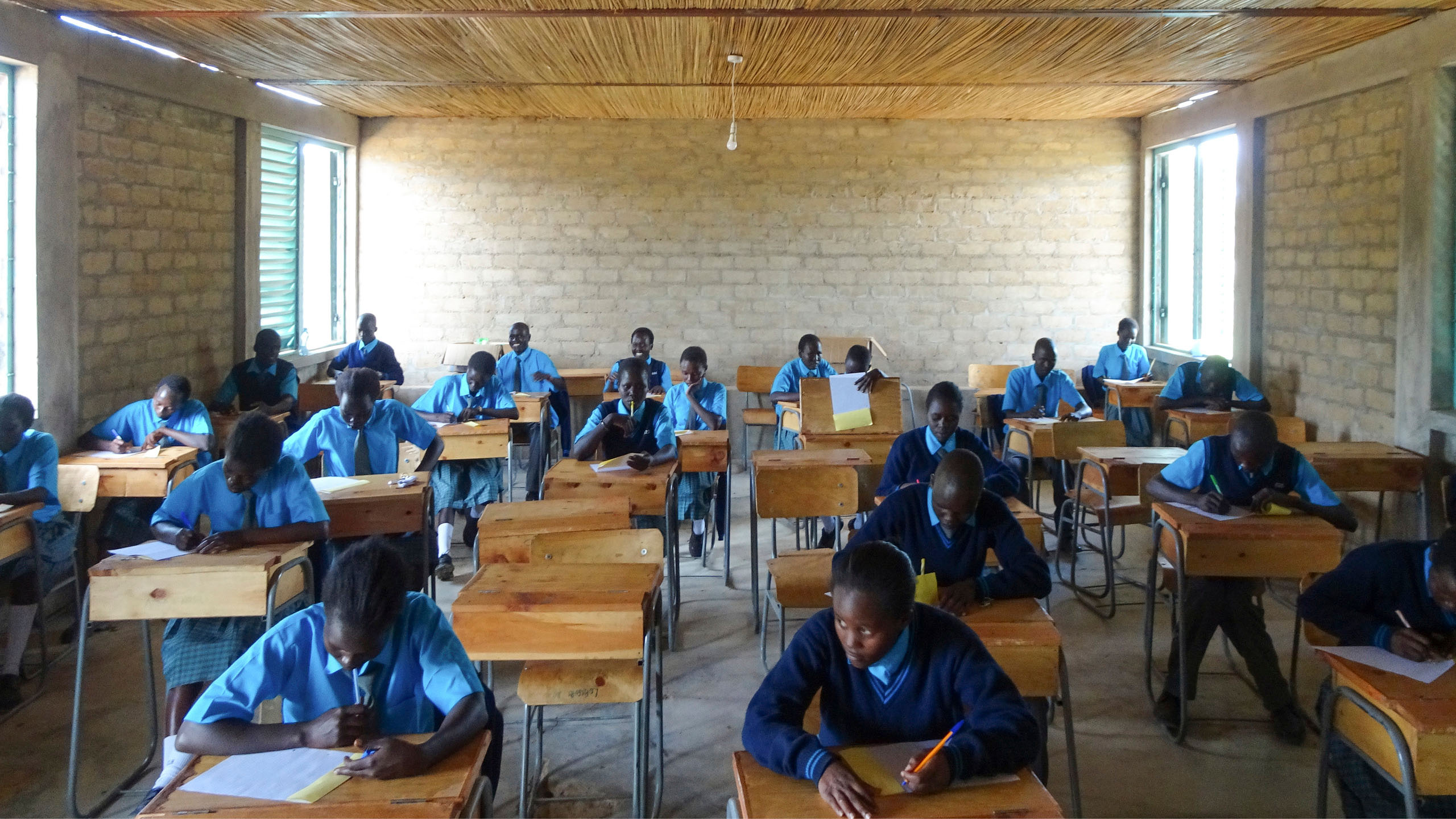
Does our work steward a vital, regenerative ecological system?
Utilizing whole systems thinking, we maximize our ability to build synergistic relationships between infrastructure, ecology, economy and human productivity and prosperity. We view our work as an opportunity to heal and restore the world around us, to create resilient environments that have a net-positive impact. For us, the built environment is an extension of its place, its site, and the larger ecosystem.
The Palomar College Maintenance and Operations building incorporates water-saving measures to inspire landscape features and site layout.
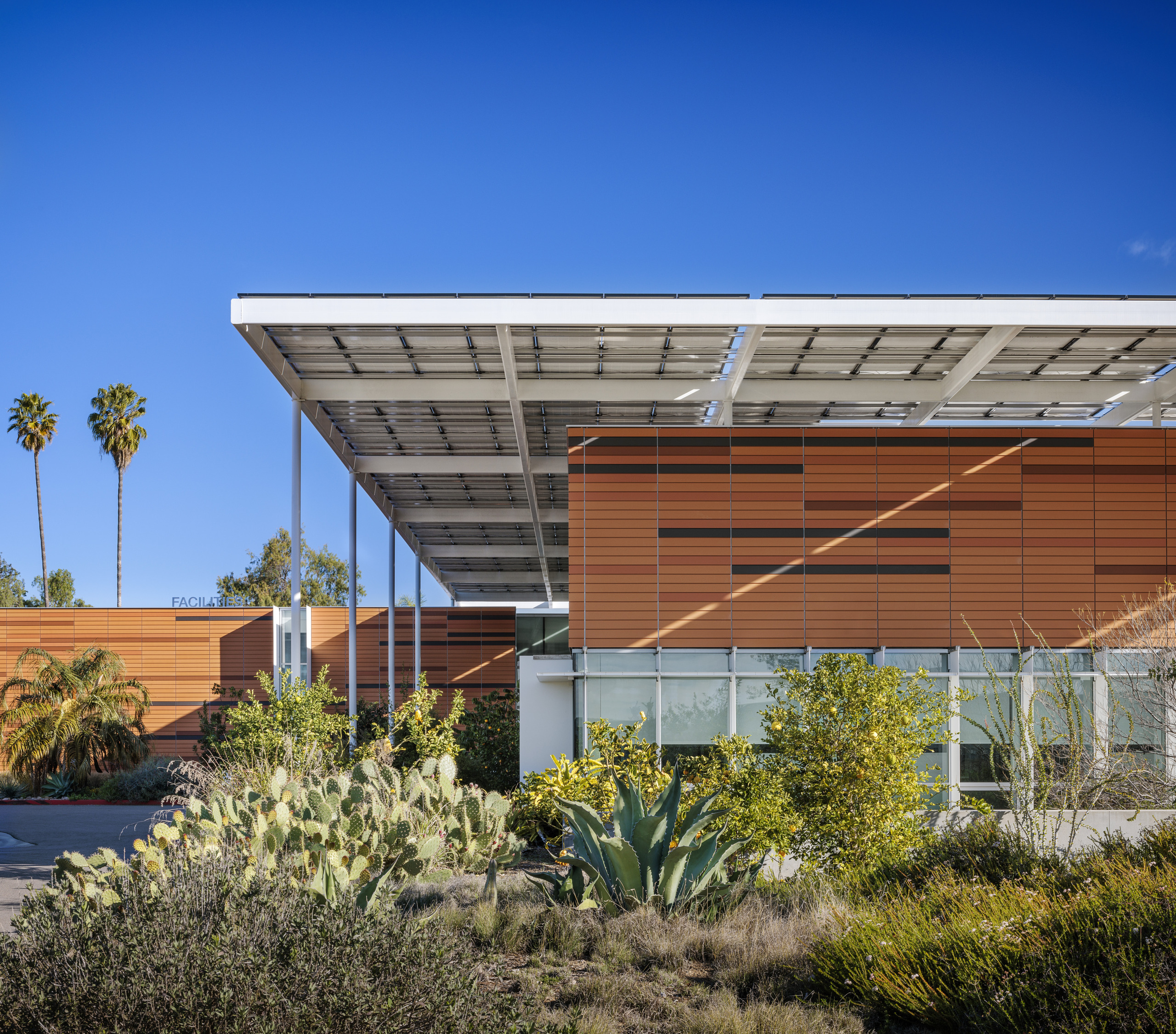
Does our work elevate our client’s mission and help them be more effective?
Our designs catalyze positive change by enhancing productivity, morale, and creativity in workplaces. We prioritize meeting present and future needs, fostering client growth and success. Through data collection and analysis, we continually push for higher performance levels, tracking metrics that reflect our human-purposed integrated design approach. Collectively, we aim to bridge the measured and immeasurable aspects of design impact.
The University of Iowa’s College of Nursing Modifications adapted its building interior to align with evolving healthcare needs and education.
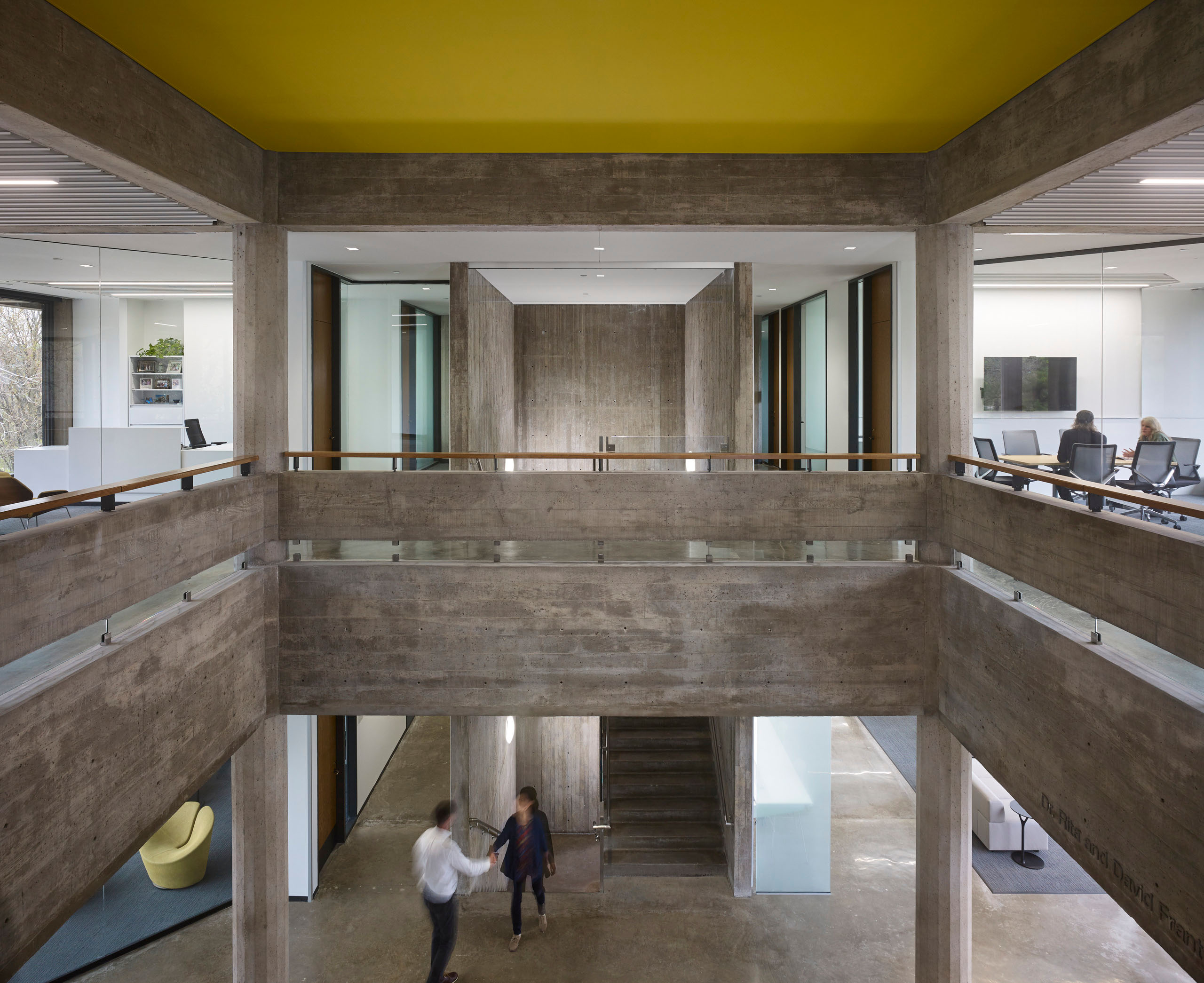
Is our work durable, flexible, and sustainable for the future?
“Long life, loose fit” embodies our approach, ensuring spaces endure and adapt to future needs. By crafting resilient solutions that are intuitive, we facilitate change while listening to client and user needs. Our process extends beyond occupancy to learn and understand how spaces are actually being used and appropriated to suit different activities over time.
Makers Quarter Block D, is a 6-story LEED Platinum and Net Zero rated office hub.
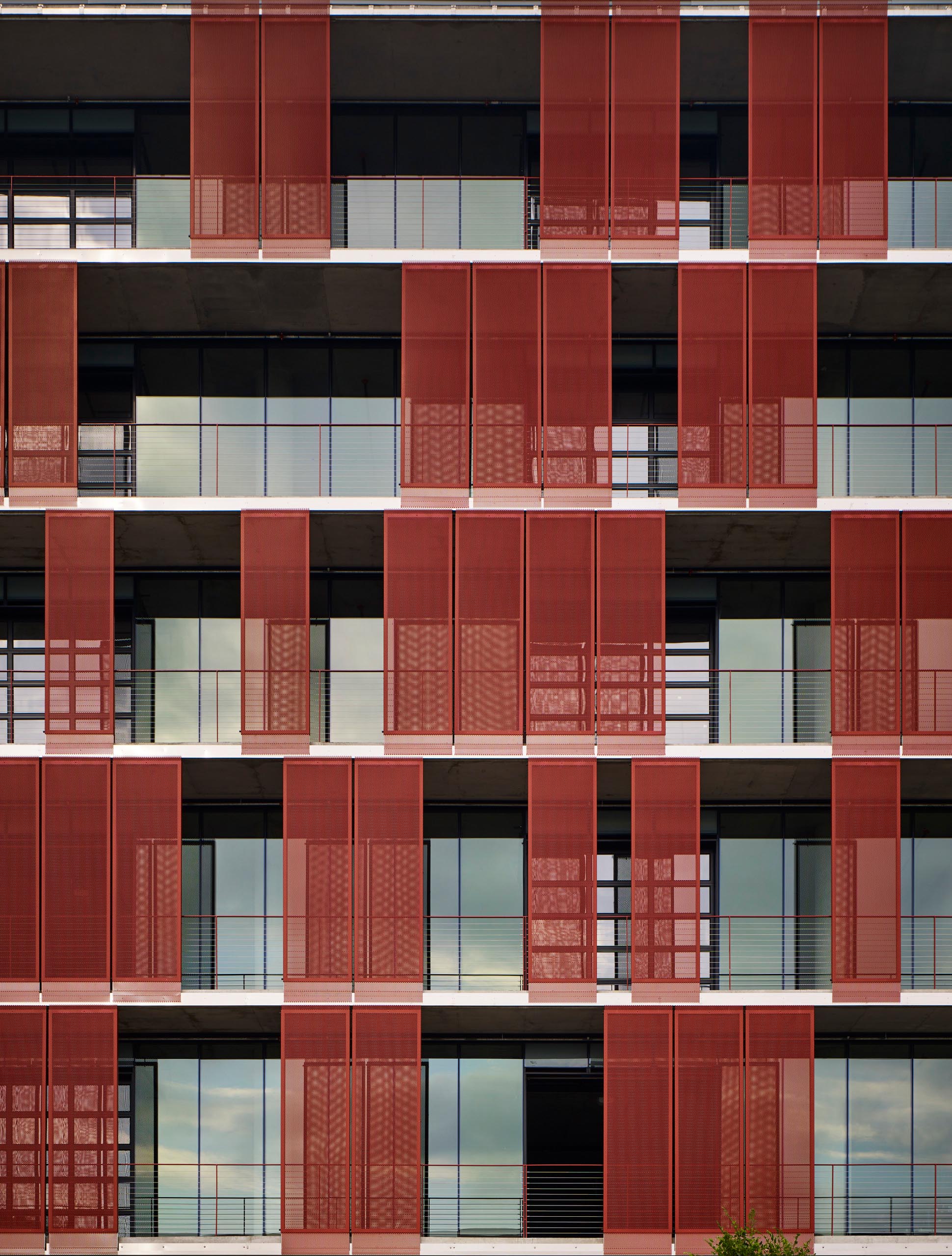
Does our work connect people to nature and to each other?
Our work to restoring and enhancing the planet centers on the belief that humans thrive in nature. By prioritizing positive impacts on people, we design places where people want to be. Recognizing nature’s benefits for mental and physical health, we ensure meaningful connections. Empathy drives appropriate solutions for each community, while systems thinking integrates design layers for mutual benefits, fostering sustainable ecosystems.
The Edmonton Airport Redevelopment transforms a defunct city airport by bringing the aspen forest back into the heart of the city.
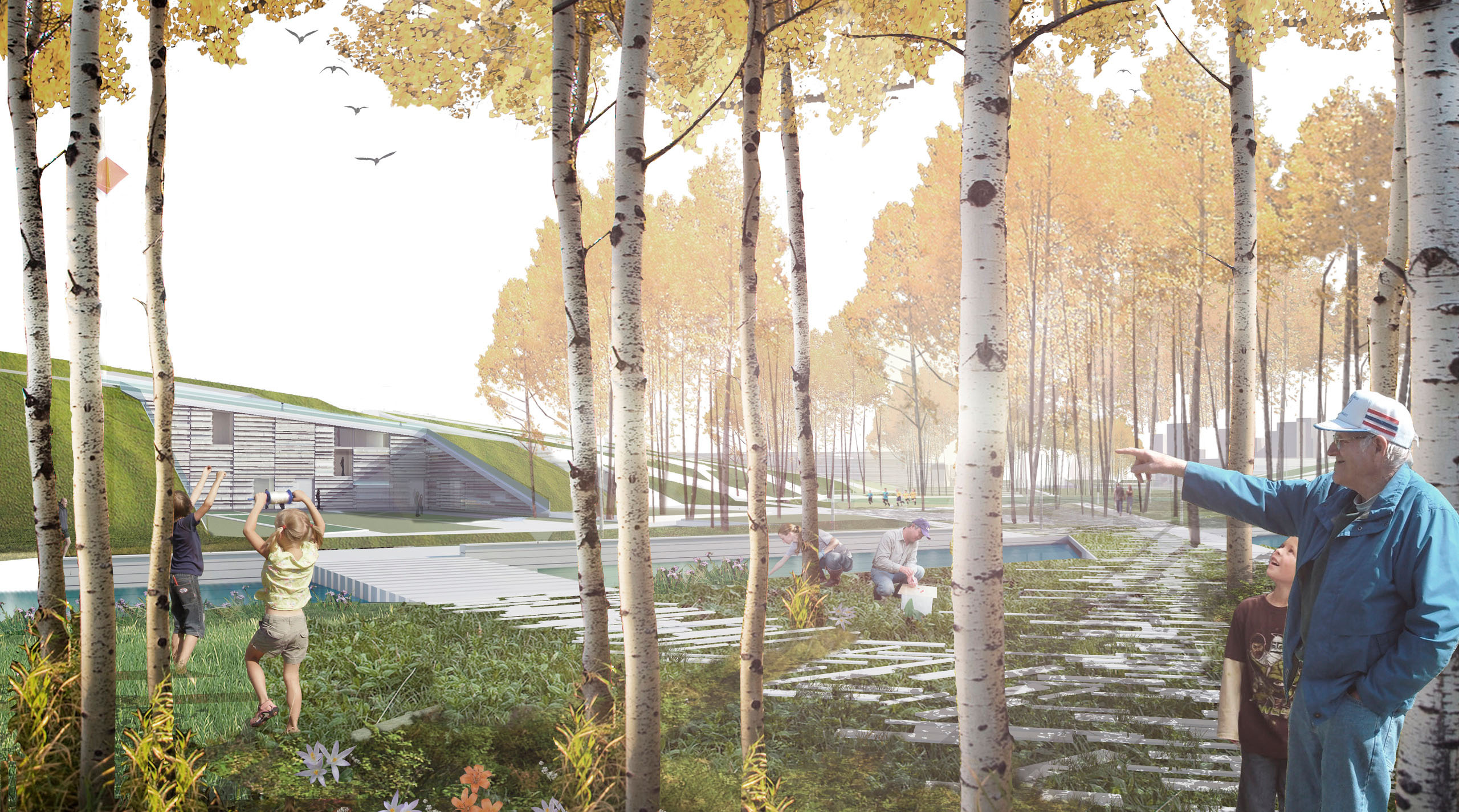
Is our work welcoming for all?
Does our work create environments that are gracious and considerate of the broad spectrum of abilities – physical, developmental, behavioral, and sensory? We seek to promote inclusive design as a societal norm rather than a box to check. By approaching every problem with empathy, grace, and humility, we look to start a broader conversation about how to intentionally reshape our world into a more equitable one.
The Harkin Institute at Drake University is a groundbreaking resource for universal design in architecture setting new standards embodying education, respect, and opportunity for all.
